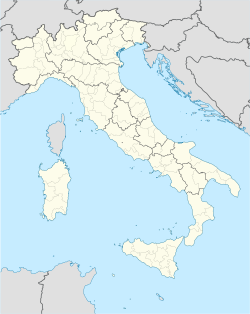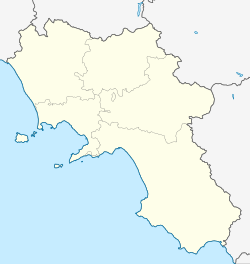You can help expand this article with text translated from the corresponding article in Italian. (January 2022)Click [show] for important translation instructions.
|
San Mauro Cilento | |
|---|---|
| Comune di San Mauro Cilento | |
 St. Maurus church in Casalsottano | |
 San Mauro Cilento within the Province of Salerno | |
| Coordinates: 40°13′35.98″N15°02′44.02″E / 40.2266611°N 15.0455611°E | |
| Country | Italy |
| Region | Campania |
| Province | Salerno (SA) |
| Frazioni | Casalsottano, Mezzatorre |
| Government | |
| • Mayor | Commissar |
| Area | |
• Total | 15.28 km2 (5.90 sq mi) |
| Elevation | 560 m (1,840 ft) |
| Population (31 August 2015) [2] | |
• Total | 893 |
| • Density | 58/km2 (150/sq mi) |
| Demonym | Sanmauresi |
| Time zone | UTC+1 (CET) |
| • Summer (DST) | UTC+2 (CEST) |
| Postal code | 84070 [3] |
| Dialing code | 0974 [3] |
| Patron saint | Saint Maurus |
| Saint day | July 11 |
| Website | Official website |
San Mauro Cilento is a town and comune in the province of Salerno in the Campania region of south-western Italy.


